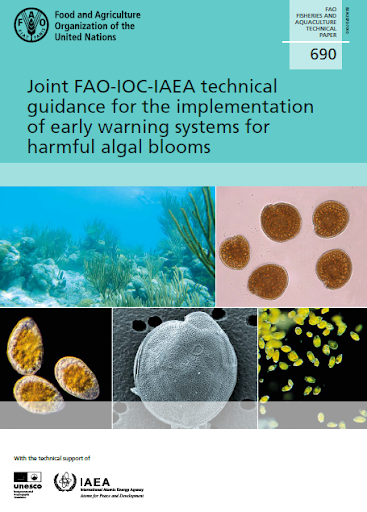 An international team of researchers and managers that includes NCCOS scientists published technical guidance to help improve harmful algal bloom (HAB) monitoring and forecasting around the globe. The document provides authorities a roadmap on how to implement or improve early warning systems for harmful algal blooms that can contaminate seafood and threaten public health.
An international team of researchers and managers that includes NCCOS scientists published technical guidance to help improve harmful algal bloom (HAB) monitoring and forecasting around the globe. The document provides authorities a roadmap on how to implement or improve early warning systems for harmful algal blooms that can contaminate seafood and threaten public health.
Globally, there are 3,400 to 4,000 described species of marine microalgae, of which only one to two percent are considered harmful. However, there is growing concern that HAB events will become more frequent as ocean temperatures rise and human-caused nutrient inputs to oceans increase.
Surveillance systems have been developed to monitor HABs in many countries, but the lead time or adequacy of the data (e.g., determination of toxicity) may not be sufficient to ensure seafood safety. Early warning systems can address this issue and help reduce the impact of HABs.
The report describes several HAB early warning systems around the world, including NOAA’s many ecological forecasting products for different regions of the U.S.
